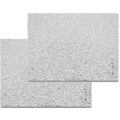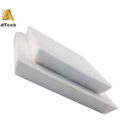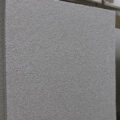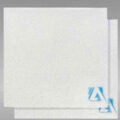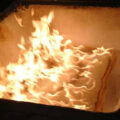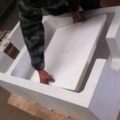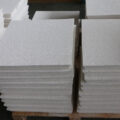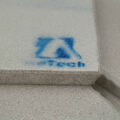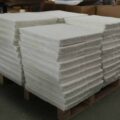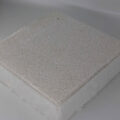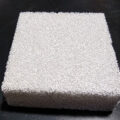Alumina Ceramic Foam Filter Plate uses a three-dimensional network structure and connected foam organic foam as the carrier to invade the special ceramic slurry with thixotropy, and adopts special roll extrusion technology to make the ceramic slurry uniformly applied to the skeleton of the carrier, then drying and solidifying and baking at high temperature.
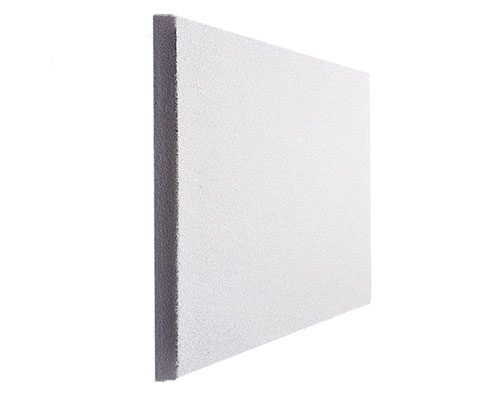
Alumina Ceramic Foam Filter Plate Features
Light transmittance
Transmittance refers to the effective filtration area of Alumina Ceramic Foam Filter Plate products. The higher the transmittance, the less blind holes, the more effective filter holes (display holes), the better the filtering effect.
It is affirmative that the Alumina Ceramic Foam Filter Plate to be tested is placed in the light box of 200W incandescent lamp, and the square transparent plastic plate with 5 x 5.0mm squares is used to measure the area of the filter panel’s large surface. The method of measuring the transmittance of the filter plate is calculated to determine the transmittance of the filter board. In this standard, the light transmittance (through-hole rate) of the filter plate is specified as more than 95%.

Porosity
Porosity refers to the percentage of the total volume of pores in the Ceramic Foam Filter product in the total volume of the filter plate product. The porosity determines the filtration capacity of the foam ceramic filter plate in the unit volume. The greater the porosity, the greater the filtration capacity of the filter plate, the stronger the filtration capacity, and vice versa.
At present, there are two methods to determine the porosity.
One is to calculate the volume of the hole in the filter plate according to Archimedes’ law, that is, water is injected into the glass beaker with overflow pipe until the water flows out of the overflow pipe. When the water no longer flows out, all the samples to be tested are gently placed in the water. At this time, the water flows out of the overflow pipe, and the volume of the water overflowed is subtracted from the physical volume of the filter plate Is the total volume of holes in the filter plate.
Another method is to determine the true density and bulk density of the filter plate sample to be tested, and then calculate the porosity of the sample according to the following formula. A kind of
The two methods have their own advantages and disadvantages. The first method is simple and convenient, and the detection speed is fast. However, its fatal weakness is that the filter plate material has the characteristics of water absorption, so the volume of water discharged is less than the actual value, which causes the measured data to be smaller. Although the test process of method 2 is complicated, the influence of water absorption of filter plate material is excluded in the test process, and the data obtained are relatively accurate.
The two methods have their own advantages and disadvantages. The first method is simple and convenient, and the detection speed is fast. However, its fatal weakness is that the filter plate material has the characteristics of water absorption, so the volume of water discharged is less than the actual value, which causes the measured data to be smaller. Although the test process of method 2 is complicated, the influence of water absorption of filter plate material is excluded in the test process, and the data obtained are relatively accurate.
Pore Uniformity
The pore uniformity is used to describe the gap between the actual number of holes per 25.4mm and the number of theoretical holes required in the filter plate product. The smaller the gap is, the better the quality of the product is. If the gap is too large, it will lead to the reduction of the retention capacity of impurities of filter plate products or the filtration speed of melt is too slow, which can not meet the individual requirements of users in production.

